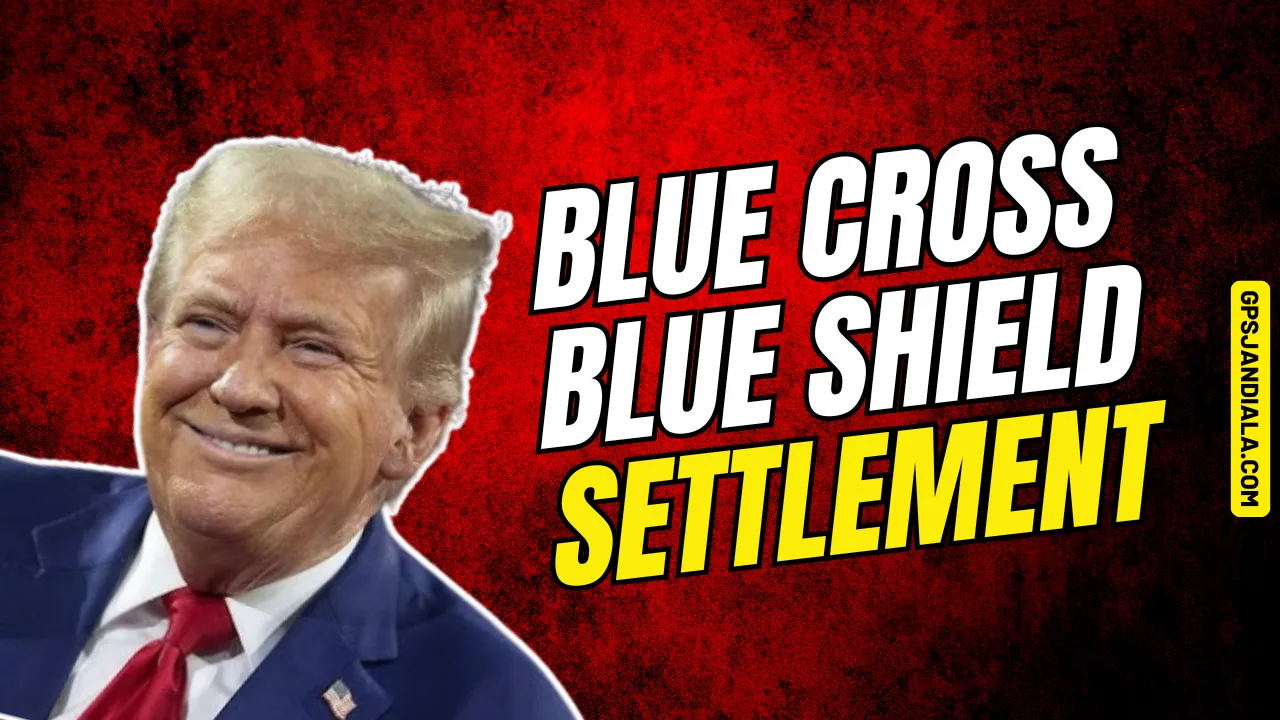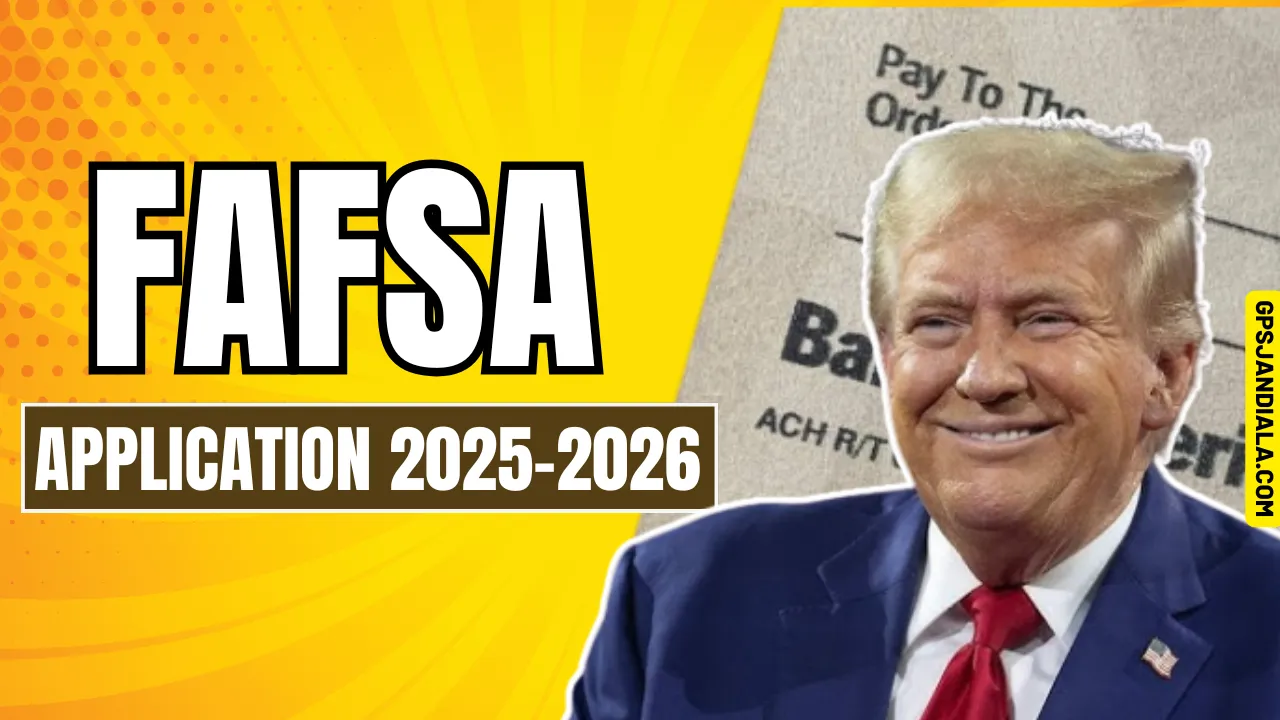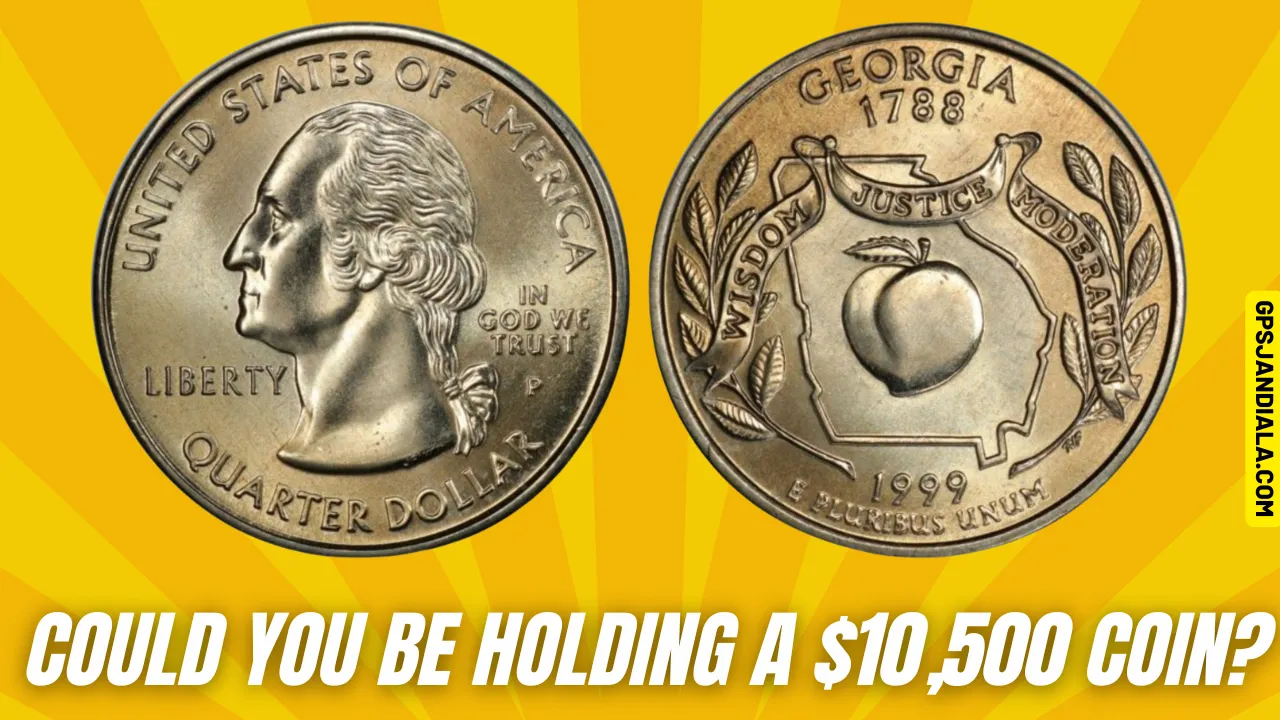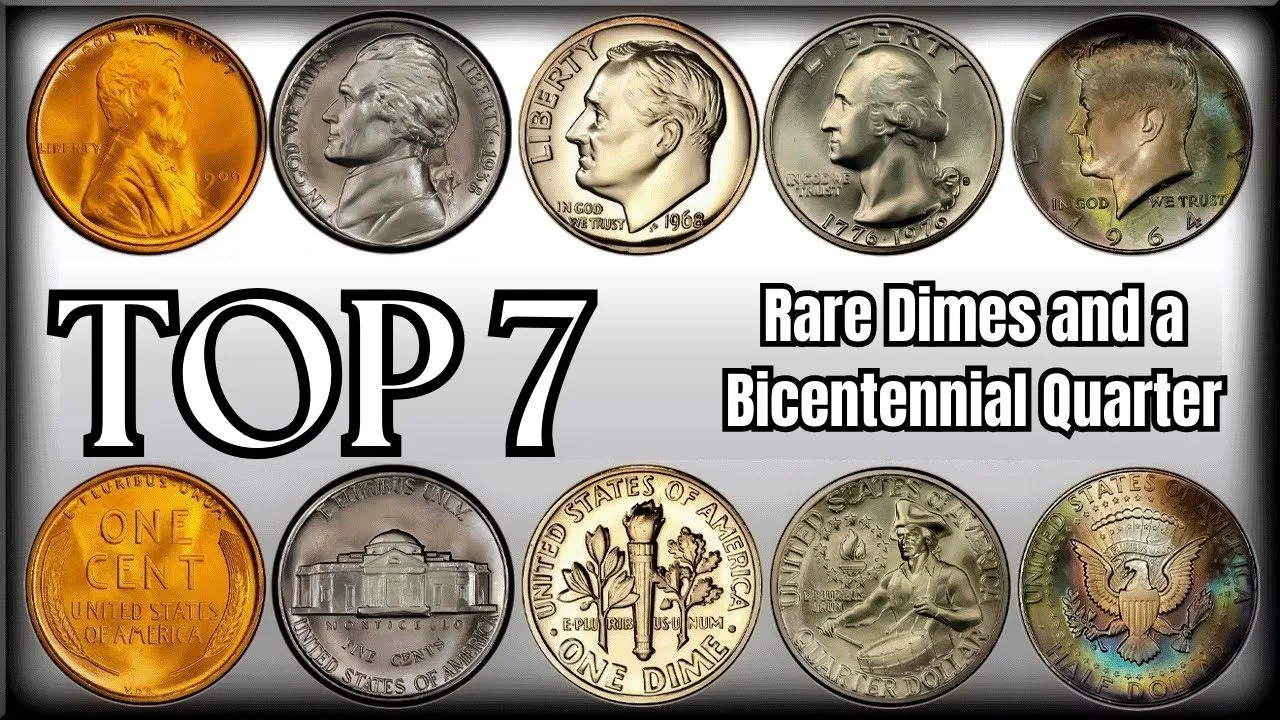Rare Bicentennial Quarters: The Bicentennial Quarters Value is a fascinating topic for coin collectors and history enthusiasts alike. These special quarters were issued to commemorate the 200th anniversary of the United States’ independence in 1976, making them iconic pieces of American history. While billions of these coins were minted, a select few varieties have emerged as rare treasures, with some fetching prices as high as $100,000.
In this article, we’ll explore the history, distinctive features, and rare varieties of Bicentennial Quarters. If you’ve ever wondered whether your pocket change could hold a fortune, this guide will help you identify valuable coins and understand their worth.
Overview of Rare Bicentennial Quarters
| Variety | Unique Feature | Estimated Value |
| 1976-S Proof Quarter | Mirror-like finish, collector’s edition | $5 to $300+ |
| 1976-D No Mint Mark Quarter | Missing “D” mint mark | $10,000+ |
| 1976-S Silver Quarter | 90% silver composition | $300 to $5,000+ |
| Double Die Error Quarters | Visible doubling on design features | $500 to $2,500+ |
| High-Grade Uncirculated Coins | Pristine, mint condition | $1,000 to $10,000+ |
A Brief History of Bicentennial Quarters
In 1975, the U.S. Mint decided to honor the nation’s Bicentennial by releasing a series of commemorative coins, including the Bicentennial Quarter. These coins feature a special reverse design that sets them apart from standard quarters.
The obverse retains the classic profile of George Washington, while the reverse showcases a Revolutionary War drummer. This design, chosen to symbolize the spirit of independence, was used for two years—1975 and 1976. These coins were struck in large numbers across three mints: Philadelphia, Denver, and San Francisco, ensuring their widespread circulation.
Rare Varieties of Bicentennial Quarters
Despite their large production numbers, certain Bicentennial Quarters are highly sought after due to unique features or minting errors. Here are five rare varieties that can fetch significant prices:
1. 1976-S Proof Quarter
The 1976-S Proof Quarter was specifically minted for collectors and stands out due to its mirror-like finish. These coins were sold as part of proof sets and are usually in excellent condition. Depending on their grade, they can range in value from $5 to several hundred dollars.
2. 1976-D No Mint Mark Quarter
This rare variety lacks the “D” mint mark, a manufacturing error that occurred at the Denver Mint. Such errors are exceptionally scarce, making these quarters highly valuable. Depending on their condition, these coins can fetch upwards of $10,000.
3. 1976-S Silver Quarter
The 1976-S Silver Quarter was minted in 90% silver, adding intrinsic value due to its metal composition. These coins were included in special silver proof sets, making them rare and desirable among collectors. Values range from $300 to several thousand dollars, depending on their condition.
4. Double Die Error Quarters
Coins with double die errors are the result of being struck twice during the minting process. This error causes visible doubling on elements like text or imagery, making these coins stand out. Collectors are willing to pay $500 to $2,500 or more for these error coins.
5. High-Grade Uncirculated Coins
Uncirculated Bicentennial Quarters in pristine condition are always in demand. These coins, often graded by professional services like PCGS or NGC, can sell for thousands of dollars. High-grade examples with no visible wear are particularly valuable.
Factors Influencing Bicentennial Quarters Value
Several factors determine the value of a Bicentennial Quarter:
- Rarity: Coins with errors, unique features, or limited production runs are more valuable.
- Condition: Uncirculated or mint-condition coins command significantly higher prices than worn ones.
- Historical Appeal: As commemorative pieces, Bicentennial Quarters have intrinsic historical value.
- Market Trends: The demand for rare coins can fluctuate based on collector interest and market conditions.
How to Identify Rare Bicentennial Quarters
If you suspect you have a valuable Bicentennial Quarter, here’s how to verify its rarity:
- Check for Mint Marks: Look for the “D,” “S,” or absence of a mint mark. Missing marks can indicate rare errors.
- Inspect for Errors: Examine the coin for visible double die errors or other anomalies.
- Evaluate the Condition: Coins with minimal wear or uncirculated coins are more desirable.
- Research Composition: Determine whether your coin is made of standard clad material or silver.
Steps to Determine Your Coin’s Worth
Assessing the value of your Bicentennial Quarters involves the following steps:
- Examine Your Coins: Look for distinguishing features like mint marks, proof finishes, or signs of errors.
- Consult a Price Guide: Use online resources or coin-collecting books to estimate the value of your coins.
- Seek Professional Grading: For rare or high-grade coins, consider having them graded by a professional service to determine their market value.
- Connect with Collectors: Join coin-collecting communities to gain insights and potential selling opportunities.
Selling Rare Bicentennial Quarters
If you’ve determined your Bicentennial Quarters are valuable, here are the best ways to sell them:
- Online Marketplaces: Websites like eBay or Etsy provide access to a broad audience of collectors.
- Coin Auctions: Auctions, whether in-person or online, are a great way to reach serious buyers willing to pay premium prices.
- Local Coin Shops: Visit a local coin shop for appraisals or to sell your coins directly.
FAQs About Bicentennial Quarters Value
Q1: What is the most valuable Bicentennial Quarter?
The most valuable Bicentennial Quarters are rare varieties like the 1976-D No Mint Mark or high-grade 1976-S Silver Quarters, which can fetch tens of thousands of dollars.
Q2: How can I identify a valuable Bicentennial Quarter?
Check for unique features such as missing mint marks, double die errors, or proof finishes. Coins in pristine condition are also valuable.
Q3: Are all Bicentennial Quarters rare?
No, most Bicentennial Quarters are common, but specific varieties and high-grade coins are rare and valuable.
Q4: Where can I sell my Bicentennial Quarters?
You can sell them on online platforms like eBay, at coin auctions, or through local coin shops.
Q5: How much is a 1976-S Silver Quarter worth?
A 1976-S Silver Quarter can range from $300 to several thousand dollars, depending on its condition.
Final Thoughts
The Bicentennial Quarters Value serves as a reminder of the thrill and potential of coin collecting. Whether you’re holding a common coin or a rare treasure, these quarters carry a piece of American history.
Take the time to inspect your collection—you may discover a hidden gem worth thousands of dollars! If you found this guide helpful, share it with fellow coin enthusiasts or leave a comment below. Happy collecting!






